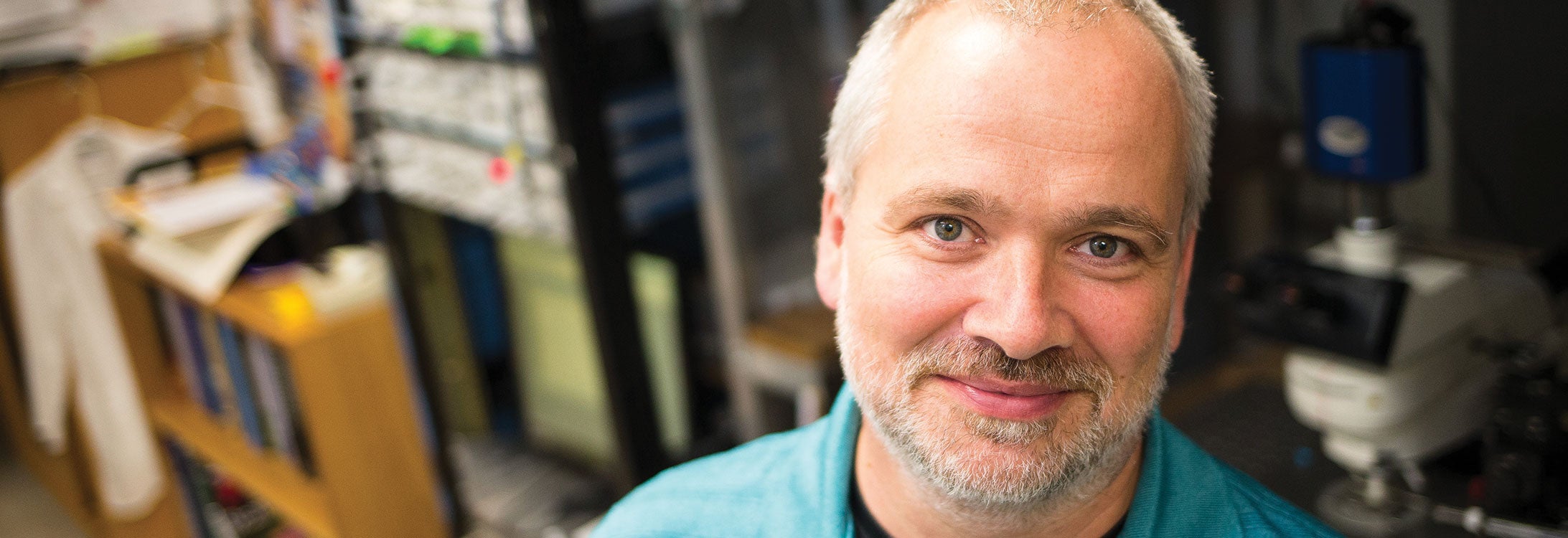Physiologist receives patent for treating restless legs
An ECU faculty member’s latest patent may change the way restless legs syndrome is treated, leading to more effective care over a longer period of time for patients. Stefan Clemens, an associate professor in the Brody School of Medicine’s Department of Physiology, was awarded U.S. Patent 10,751,327 on Aug. 25 for his novel treatment of RLS.
Restless legs syndrome is a nervous system disorder that affects between 5% and 8% of the population in the United States. Those suffering from RLS experience an uncontrollable urge to move their legs caused by an unpleasant sensation. While the exact cause of RLS is still unknown, the syndrome is typically treated with dopaminergic drugs — medications that replace or prevent the loss of dopamine — that have a high initial effect but over time lose their effectiveness.
“The problem is that patients on these dopaminergics eventually develop a side effect called augmentation,” Clemens said. “Their symptoms get worse while taking the current medication used for treatment.”
Classic RLS treatments act on a dopamine receptor known as D3 that has a suppressive effect in the nervous system. However, Clemens’ lab has shown in animal models that over time this medication leads to an increase of a different, excitatory receptor subtype, D1. This increase of the D1 receptor might be the cause of augmentation.
Clemens’ patent proposes a new treatment method that targets the increased D1 receptor levels in RLS patients suffering from augmentation, leading to reduced activation of D1 receptors while providing traditional therapy relief from RLS.
“Our lab postulates that this new compound will maintain long-term efficacy for RLS,” Clemens said. “If augmentation begins, we predict that we can reduce D1 receptor activation in patients and balance things back out, keeping the treatment effective.”
Clemens received a grant from the North Carolina Biotechnology Center to run a small pilot study with a collaborator from the University of Houston. This work has gained the attention of a company interested in establishing a partnership where ECU’s patent rights may be used in combination with its existing drug formulation.
Clemens said the idea to apply for a patent came from the ECU Office of Licensing and Commercialization. “They not only brought the idea of patenting our research to my attention, but they also helped me through the process and handled all of the legal and technical aspects of filing a patent,” he said.
